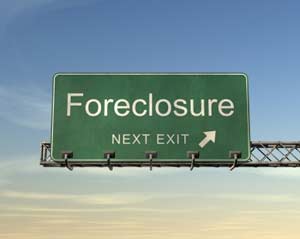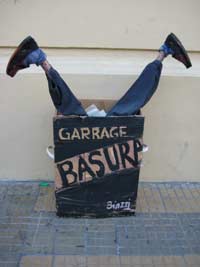
Although several major lenders have temporary halted foreclosures, the number of households threatened with losing their homes rose 30 percent in February from last year’s levels. RealtyTrac reported Thursday.
Nationwide, nearly 291,000 homes received at least one foreclosure-related notice last month, up 6 percent from January, according to the Irvine, Calif-based company. While foreclosures are highly concentrated in the Western states and Florida, the problem is spreading to states like Idaho, Illinois and Oregon as the U.S. economy worsens.
“It doesn’t bode well,” for the embattled U.S. housing market, said Rick Sharga, vice president for marketing at RealtyTrac, a foreclosure listing firm. “At least for the foreseeable future, it’s going to continue to be pretty ugly.”
The rise in foreclosure filings came despite temporary halts to foreclosures by Fannie Mae and Freddie Mac, and major banks JPMorgan Chase, Morgan Stanley, Citigroup and Bank of America. Those companies pledged to do so in advance of President Barack Obama’s plan to stem the foreclosure crisis, which was launched last week.
It’s my opinion that the Al-A loans, are now starting to hit home. Al-A loans were the re-wrapped subprime loans that lending institutions came up with when the subprime loans were starting to get a bad name. There is an estimated $600 billion in residential mortgages that are due to fail that were made in 2006-2007 because of the Al-A loans.










